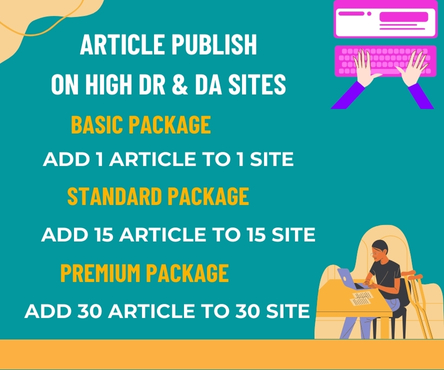In today’s fast-paced, interconnected global economy, organizations face a myriad of risks that can impact their operations, reputation, and bottom line. Effective risk management and mitigation strategies are crucial for businesses to navigate uncertainty, ensure sustainability, and maintain stakeholder trust. One powerful tool that has gained widespread recognition in this regard is ISO 9001 certification. This article explores the pivotal role of ISO certification in risk management and mitigation, highlighting its benefits, implementation strategies, and best practices.
Understanding ISO Certification
The International Organization for Standardization (ISO) is an independent, non-governmental organization that develops and publishes international standards for various industries and sectors. ISO certification is a seal of approval that an organization has implemented a management system that meets the requirements of a specific ISO standard. These standards cover a broad range of areas, including quality management (ISO 9001), environmental management (ISO 14001), information security management (ISO 27001), and occupational health and safety management (ISO 45001).
The Role of ISO Certification in Risk Management
Risk management is a systematic process of identifying, assessing, and mitigating potential risks that can impact an organization. ISO certification plays a crucial role in this process by providing a framework for organizations to identify, evaluate, and mitigate risks. Here are some ways ISO certification contributes to effective risk management:
- Risk Identification: ISO standards require organizations to identify potential risks and opportunities that can impact their operations. This involves conducting thorough risk assessments, analyzing internal and external factors, and developing strategies to mitigate or capitalize on these risks.
- Risk Assessment: ISO certification encourages organizations to evaluate the likelihood and impact of identified risks, prioritize them, and allocate resources accordingly. This helps organizations focus on high-risk areas and develop effective mitigation strategies.
- Risk Mitigation: By implementing ISO-certified management systems, organizations can reduce the likelihood and impact of potential risks. For example, ISO 27001 helps organizations protect their information assets from cyber threats, while ISO 45001 enables organizations to create a safe working environment and reduce occupational health and safety risks.
- Continuous Improvement: ISO certification promotes a culture of continuous improvement, encouraging organizations to regularly review and update their risk management strategies. This ensures that organizations stay vigilant and adapt to changing risk landscapes.
Benefits of ISO Certification in Risk Management
The benefits of ISO certification in risk management are numerous:
- Enhanced Risk Awareness: ISO certification fosters a risk-aware culture within organizations, enabling employees to identify and report potential risks.
- Improved Decision-Making: By providing a systematic approach to risk management, ISO certification enables organizations to make informed decisions and allocate resources effectively.
- Reduced Risk Exposure: ISO-certified management systems help organizations mitigate potential risks, reducing the likelihood of adverse events and minimizing their impact.
- Increased Stakeholder Confidence: ISO certification demonstrates an organization’s commitment to risk management and mitigation, enhancing stakeholder trust and confidence.
- Competitive Advantage: Organizations with ISO certification can differentiate themselves from competitors, showcasing their dedication to risk management and quality.
Implementation Strategies and Best Practices
To reap the benefits of ISO certification in risk management, organizations should follow these implementation strategies and best practices:
- Conduct a thorough gap analysis: Identify areas that require improvement and develop a plan to address these gaps.
- Develop a risk management framework: Establish a systematic approach to risk management, including risk identification, assessment, and mitigation.
- Provide training and awareness: Educate employees on the importance of risk management and their roles in implementing ISO-certified management systems.
- Monitor and review: Regularly review and update risk management strategies to ensure they remain effective and relevant.
- Engage with stakeholders: Communicate risk management strategies and progress to stakeholders, including employees, customers, and suppliers.
Conclusion
In today’s uncertain business environment, effective risk management and mitigation are crucial for organizational sustainability. ISO certification provides a powerful framework for organizations to identify, assess, and mitigate potential risks. By implementing ISO-certified management systems, organizations can enhance risk awareness, improve decision-making, reduce risk exposure, and increase stakeholder confidence. As the business landscape continues to evolve, ISO certification will remain a vital tool for organizations seeking to navigate uncertainty and ensure long-term success.

